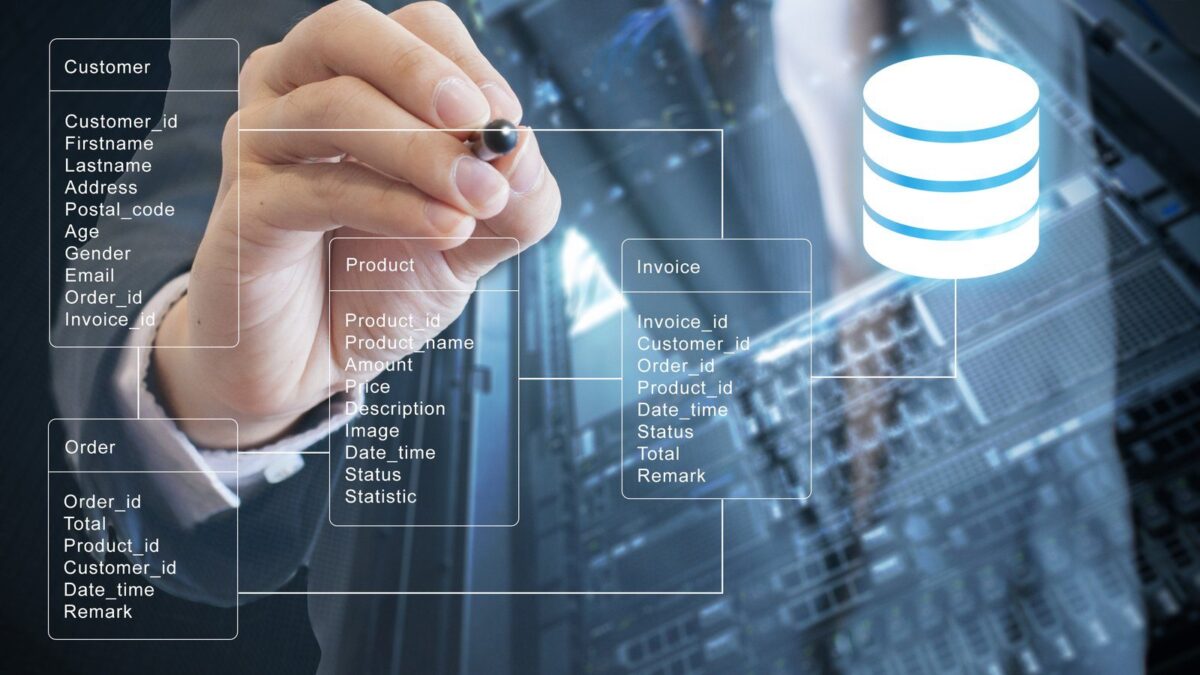While searching for the ideal database arrangement that anyone could hope to find on the lookout, you will run over a significant inquiry: Should you settle on an on-prem or off-premise arrangement? The two methodologies have upsides and downsides and suit different use cases.
Premises’ meaning could be a little more obvious
At the point when an organization possesses, makes due, and works its own IT framework, it’s thought of as “on-premises.” The organization’s inner IT group handles the plan, fabrication, and management of the frameworks. In a few uncommon cases, outsider sellers might deal with certain parts. Be that as it may, generally speaking, the association totally possesses and deals with the area, gadgets, software, and applications.
For an “off-premises” foundation, an outsider gives and keeps up with the framework, offices, and partnered administrations. The association is not obligated to keep up with the offices or framework. Associations utilizing foundations kept up with by cloud specialist co-ops just have to stress over recognizing the best asset mix for their applications.
On-premises versus off-premises
Whether to construct a foundation in-house or rethink it is a significant choice. It might actually influence the organization’s working expenses, productivity, and execution for quite a long time. Given the likely outcomes of adopting some unacceptable strategy, understanding the distinctions between on-premises and off-premises infrastructure is significant.
In numerous ways, the on-premises versus off-premises framework is like possessing a house versus leasing one. How about we check out the distinctions between on-premises and off-premises frameworks across a few key regions.
Features to consider while making a choice
It changes from one organization to another if an on-premise arrangement checks out or, on the other hand, on the off chance that depending on a cloud solution is better. As depicted above, the two applications enjoy benefits and disservices. The organization exertion is fundamentally higher with on-premise, yet nearby on-premise facilitating additionally offers a few benefits over the cloud. For instance, organization-related information is put away and overseen by the actual organization.
In any case, the pattern as of late shows that cloud-based SaaS is turning out to be progressively well known. The information is put away remotely in server farms, which is the reason the security angle is many times referred to as the greatest counter-contention for cloud arrangements. Nonetheless, proficient cloud suppliers work with severe precautionary measures and high-security guidelines, so the information is regularly safer than in the nearby IT foundation of many organizations.
Security standards
Countless individual measures and security standards have been turned out for getting cloud administrations, with the goal of limiting the gamble of disappointments, information misfortune, and access by unapproved people. The accompanying rules are among the five most significant security angles that are viewed as the groundwork of cloud security:
- Server and organization security
- Character and access management
- Data security
- Application and stage security
- Actual security
The cloud arrangement likewise stands apart from on-premise arrangements since it requires little exertion with respect to the organization and is spatially free. It relies upon the organization’s various necessities, which eventually pick up. The choice ought to consider the human, specialized and financial assets inside the organization as well as the particular necessities for the product.
All in all, one might say that SAP’s spotlight will plainly be on cloud arrangements later on. As indicated by statistical surveying, the pattern is likewise moving to the cloud: numerous organizations will change to cloud-based applications and frameworks.

